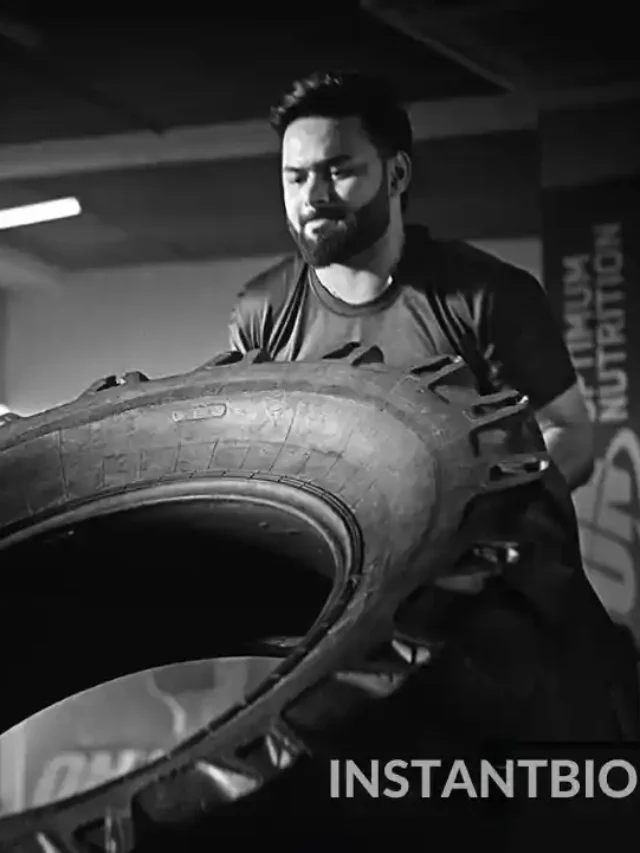Introduction to Auto Painting
Car painting isn’t just cosmetic; it is one of the major factors in vehicle maintenance and a means of displaying personality. Choosing the right body shop in Boston, MA, will really make a difference in results for car owners who restore their older models or customize new ones. A good-quality paint job does more than beautify a car; besides its aesthetic appeal, it acts to protect the car from constant attacks by weather, road salts, and minor abrasions. It is an art that actually blends creativity with technical novelty. Techniques and technologies, once exclusive to high-end models, are now accessible to all, making auto painting an ever-evolving craft. From the amateur who wants to know one or two things about giving his ride a makeover to the professional deep into his or her work, taking interest and desiring to continually perfect his or her craft, this topic opens a whole new world.
Auto Paint Technologies: How They’ve Evolved
The development of auto paint technologies reflects the pace of technological progress humankind has been able to achieve in recent decades. Automobiles, like the early times’ Ford Model T, came in less varied colors due to restrictions regarding the paint formulation. These gave way with time to synthetic enamels and lacquer systems color palettes and allowed car manufacturers and owners to explore a gamut of colors: vividly bright, rich, or subtle hues, along with glossy finishes.
Nowadays, technological innovations are going even further with environmentally friendly and even more durable options. Today, waterborne paints take the first place when previously they were regarded as lower-class options. They can offer almost the same durability and richness as their solvent-based siblings but at much less environmental cost. This would mean enhancing car aesthetics and quality associated with efficiency by going in tune with sustainable practices.
Principle Techniques of Having a Perfect Finish
A faultless finish in a vehicle is a very detailed methodology that involves precision against timing. The journey to a gleaming exterior starts with surface preparation, which includes cleaning down and sanding imperfections to lay a smooth canvas. In fact, primers are key to the proper application of paints and enhance the durability of the finish.
Each layer is important to the ultimate appearance. For instance, the pigmentation comes from the base coat, and the uncolored part for protection would be the clear coat, with the interaction of light providing that dazzling gloss. But to accomplish a professional status on your own calls for knowledge of environmental factors. Factors such as room temperature and humidity are very critical in the way they affect the drying or curing of paint. Have these elements controlled to avoid problems such as bubbling or peeling?
Current Color and Style Trends in Automotive Painting
In their way, car color trends are just as constantly in mainstream evolution as those of fashion. Today, bright colors like electric blue and fire-red-even metallic finishes are making a name for themselves in the waves, echoing influences seen in fashion trends affecting car colors. The growing interest in these sorts of radical choices is often the result of advances in paint technology which will make it possible to keep these complex finishes.
In addition and perhaps most popular, matte finishes and pearlescent coatings have become increasingly popular. These styles are almost like testaments to expression and the wide range of choices one has when owning a car. The ability of car owners to customize their vehicle’s appearance, representing themselves in ways they could never imagine, progresses and changes along with technology and styles.
Environmental Considerations in Auto Painting
The auto painting industry is another that is dramatically changing due to growing environmental awareness. This seeks to promote greener production processes that have minimal negative emissions into the air, either by consumers or embracing regulatory bodies. In this regard, many body shops are now changing over to waterborne paints-which greatly reduce volatile organic compounds released into the atmosphere.
These sustainable alternatives have proven to be a boon to the environment wherein the industries complement broader ecological goals. Innovations continue to surface that push toward practices that emphasize both human health and environmental stewardship. For further insights, check out eco-friendly auto coatings.
Common Mistakes and How to Avoid Them
Even the most conscientious painters have setbacks. Simple mistakes, such as over-spray and poor preparation of surfaces, can ruin what should be a perfect result. Still, if one can be more disciplined and pay attention to every little detail through the process, these mistakes need not occur. Keeping the work area dust-free and being patient during application phases are two basic practices that will prevent such mistakes from occurring.
Experience is the best teacher. Pros share stories of how unexpected setbacks yielded valuable experience. Sharing the stories, they drive home the need for vigilance and flexibility in mastering the art of auto painting.
The Future of Auto Painting
The horizon of auto painting holds a plethora of intriguing possibilities due to fast changes in technology. Automation might soon change the level of precision in paint applications, while AI could economically optimize color choice and deployment methodology according to available consumer data and environmental conditions. Besides, the development of smart materials whose color changes with stimuli such as temperature is about to become a revolutionary trend. Meanwhile, with ongoing demand for sustainable processes, the future promises to deliver advances that balance beauty, functionality, and ecology.
Conclusion: Tying It All Together
Car painting is a domain where creativity meets technology, personifying a multidimensional art. Its complexity and beauty lie in the layers of color and protection it provides, featuring an evolution of both art and technique. The car you drive is much more than a mode of transportation; it’s a plain canvas that can reflect the story you want to tell. With new developments and changes, the symbiosis of tradition and technology means that auto painting will be a living, ever-changing art in the future of picturing individuality and ingenuity.












